Museo Conmemorativo Appenzeller Noble (배재학당역사박물관)
0m 22104 2022-09-27
Seosomun-ro 11-gil 19, Jung-gu, Seúl
El Museo Conmemorativo Appenzeller Noble abrió en 2008 en el Instituto Pai Chai, una institución educacional de estilo occidental construida en 1916. El edificio del museo está designado como como Monumento de Seúl. Con exposiciones permanentes dispuestas dinámicamente, exposiciones especiales anuales y conferencias especiales, el museo ofrece una experiencia de aprendizaje única para los visitantes y personas que tengan interés en la historia de la educación en Corea.
Korea Samgyetang (고려삼계탕)
73.23073605258296m 53712 2017-09-26
1, Seosomun-ro 11-gil, Jung-gu, Seoul
+82-2-752-9376, 2734
Korea Samgyetang serves up delicious samgyetang (ginseng chicken soup) made using only 4-year-old ginseng cultivated in Geumsan (a town famous for its ginseng) and chickens raised on local farms. Young chickens (no more than 49 days old) are butchered and delivered fresh daily, making for only the tenderest meat. The chicken is boiled with high-quality ginseng, dates, garlic, glutinous rice, and various medicinal herbs to make a flavorful and energizing soup.
* Designated a “Best Korean Restaurant” by the Seoul Metropolitan Government
Ilpum Garden (일품가든)
74.60495603059266m 94 2021-03-30
109-10, Seosomun-ro, Jung-gu, Seoul
+82-2-3789-7295
This is a restaurant where you can taste both shabu-shabu (sliced meat and vegetables boiled in water) and roasted meat. This Korean dishes restaurant is located in Jung-gu, Seoul. The representative menu is shabu-shabu.
Museo de Arte de Seúl, sede central en Seosomun [SeMA] (서울시립미술관(서소문본관))
130.08194453075507m 7155 2023-10-17
Deoksugung-gil 61, Jung-gu, Seúl
El museo que une el palacio Deoksugung con el palacio Gyeonghuigung fue construido en la parte restante de la antigua Corte Suprema en el estilo de los años 1920. Los 6 espacios de exposición más importantes son el vestíbulo principal, la sala de esculturas y la sala especial que expone colecciones de arte moderno de Corea. En el vestíbulo Chon Kyung-Ja, situado en el segundo piso, los visitantes podrán contemplar 93 pinturas procedentes de donaciones. Principalmente retratos o pinturas de naturaleza muerta creadas de 1940 a 1990 por el artista Chon Kyung-Ja, considerada como la principal pintora femenina coreana. La sala de arte experimental puede acoger alrededor de 200 visitantes y tiene una multifuncionalidad ya se trate de proyecciones cinematográficas, música, conciertos, teatro, etc. El museo tiene una tienda de arte y una cafetería. Después de la visita del museo, tómese el tiempo de pasear y apreciar el lugar, dé una vuelta por la tienda de arte.
Jaembaeok (잼배옥)
159.1946008144334m 77 2021-03-30
68-9, Sejong-daero 9-gil, Jung-gu, Seoul
+82-2-755-8106
It has over 80 years of tradition. This Korean dishes restaurant is located in Jung-gu, Seoul. The representative menu is ox bone soup.
Mirakjeong (미락정)
185.88393519752418m 91 2021-03-30
52, Sejong-daero 9-gil, Jung-gu, Seoul
+82-2-778-7210
It is a place where pork cutlet is made directly with domestic pork. This restaurant's signature menu is house-made jumbo sized pork cutlet. This Korean dishes restaurant is located in Jung-gu, Seoul.
Seomun Hoegwan(서문회관)
197.6308666188843m 24101 2021-03-18
47, Sejong-daero, 11-gil, Jung-gu, Seoul
+82-2-755-0897
A bulgogi specialty restaurant located near City Hall Station in Seoul. The most famous menu is Korean beef bulgogi. Experience bulgogi, a Korean traditional dish.
Primera Iglesia Metodista de Jeong-dong (정동교회)
213.22938734140573m 30239 2022-03-31
Jeongdong-gil 46, Jung-gu, Seúl
La Iglesia de Jeong-dong de Seúl, fundada en 1898, fue la primera iglesia protestante en Corea. La iglesia tenía 380㎡ cuando se construyó, pero como se añadieron edificios en cada ala en 1926, hoy en día esta iglesia ocupa una extensión de 579 ㎡. La Iglesia de Jeong-dong ha sido designada como Sitio Histórico, mostrando una arquitectura gótica al estilo norteamericano. Dentro del terreno de la iglesia, se hallan un busto del fundador, el pastor Appenzeller, y un monumento en conmemoración del 50º aniversario de la fundación. En 1889, la iglesia apareció en una revista mensual llamada Church por celebrar la primera reunión de estudios de la Biblia en Corea, y también era una de las iglesias que lideraban las actividades misioneras. La Iglesia de Jeong-dong está situada en el centro de la hermosa calle Jeong-dong de Seúl, una zona que presenta un paisaje espléndido en otoño cuando las hojas se caen de los árboles. En sus inmediaciones se encuentran el Teatro Jeongdong, el palacio Deoksugung y el Museo de Arte de Seúl, por lo que esta área se convierte en un lugar perfecto para el turismo.
Gangseo Myeonok (강서면옥)
217.2948751927826m 12935 2020-04-17
35, Sejong-daero 11-gil, Jung-gu, Seoul
+82-2-752-1945
Gangseo Myeonok has been famous for over fifty years, having been the food of choice served to visiting dignitaries from North Korea at the time of the South-North Red Cross Conference. The restaurant has succeeded in carrying on the tradition of Pyeongyang-style naengmyeon. The native buckwheat from Gangwon-do mixed with starch makes for fine noodles, and the wonderful broth is made from beef brisket with white radish kimchi.
Jinju Hall (진주회관)
230.75519958943917m 17524 2020-05-08
26, Sejong-daero 11-gil, Jung-gu, Seoul
+82-2-753-5388
Jinju Hall is a restaurant specializing in kongguksu (chilled white soybean noodle soup) with over 40 years of history. Renowned for its rich soup of cold noodles, the restaurant uses fresh soybeans grown in Gangwon-do. The dishes are not only nutritious, but also effective in restoring people's appetites, often lost because of the summer's heat.
To make the restaurant's signature dish, buckwheat is mixed with ground soybeans and flour to make dough. The dough is shaped into noodles and boiled. They are then mixed with pulverized soybeans (which are slightly boiled) and cold broth. Boasting a simple taste, this cold soybean noodle dish is one of the most popular dishes in summer.
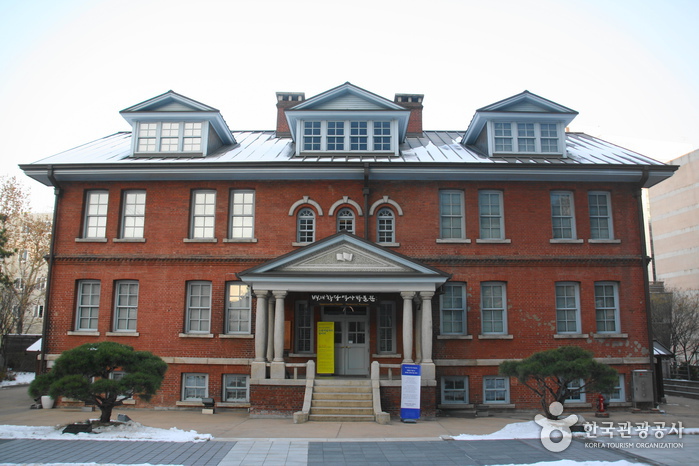

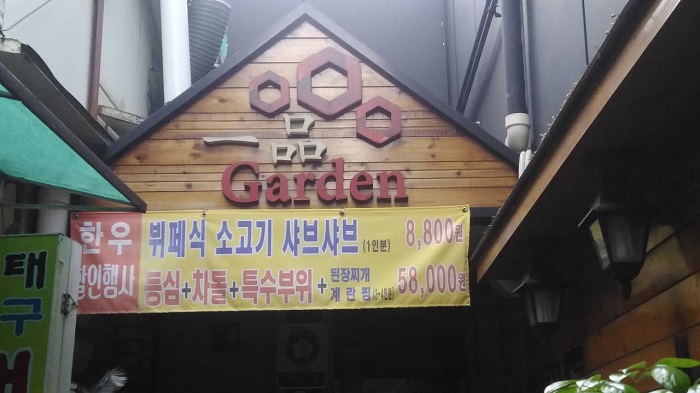
![Museo de Arte de Seúl, sede central en Seosomun [SeMA] (서울시립미술관(서소문본관))](http://tong.visitkorea.or.kr/cms/resource/14/3020514_image2_1.jpeg)
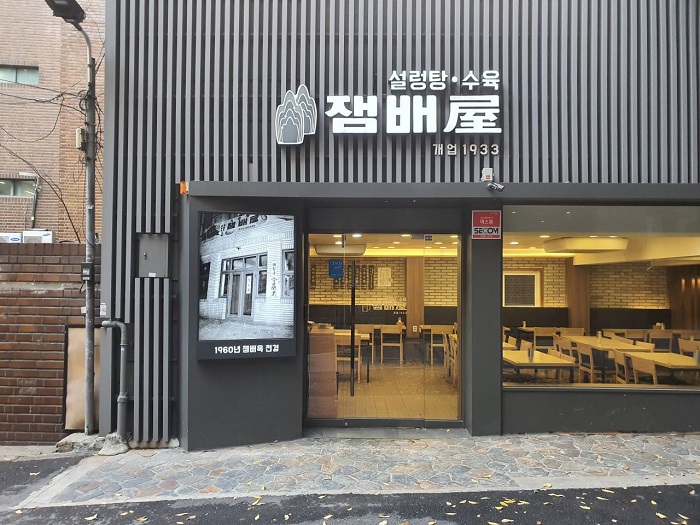
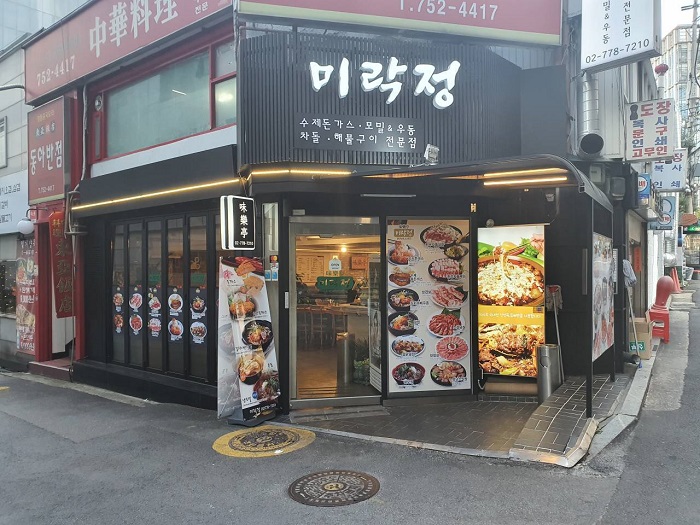
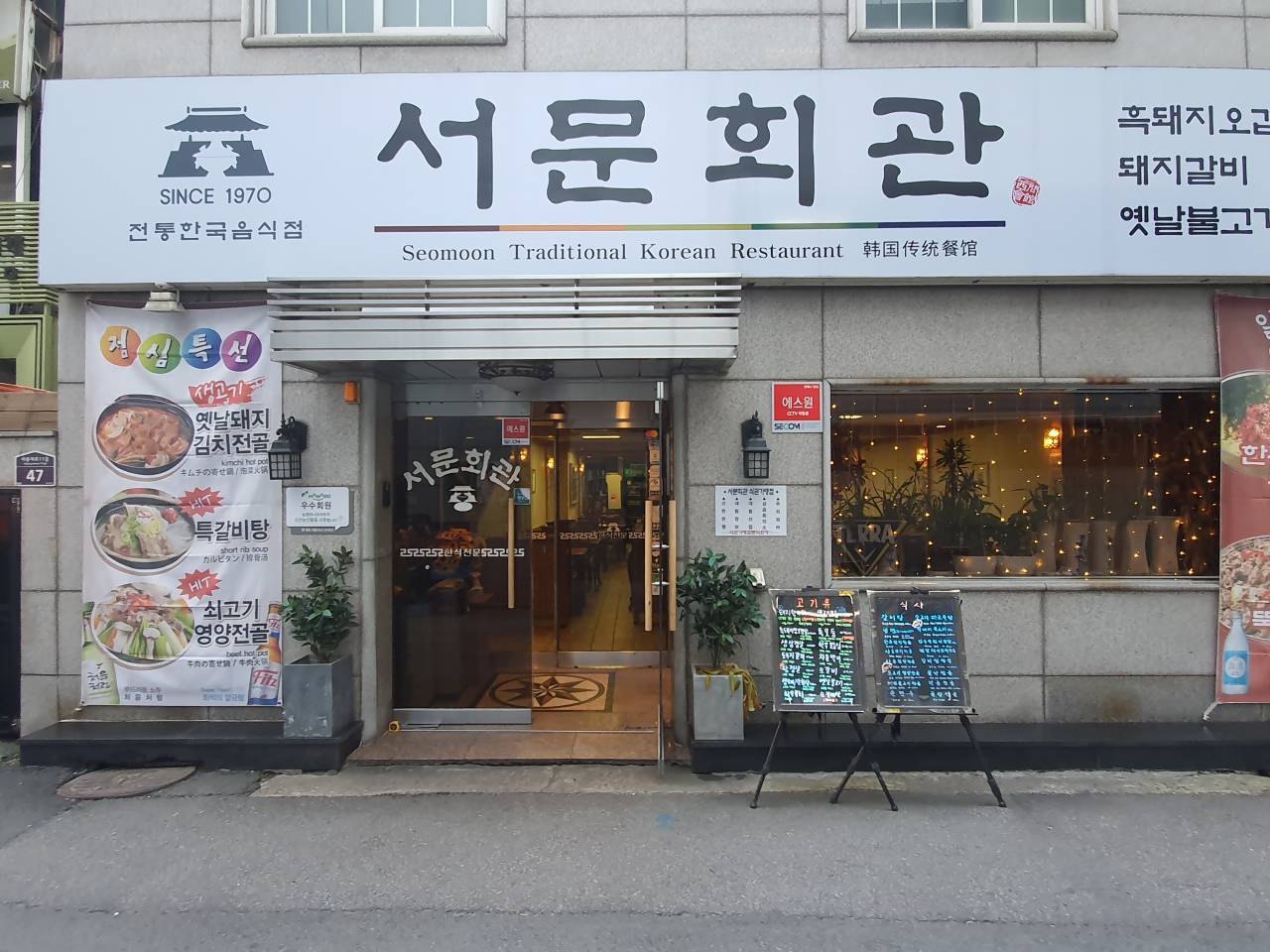
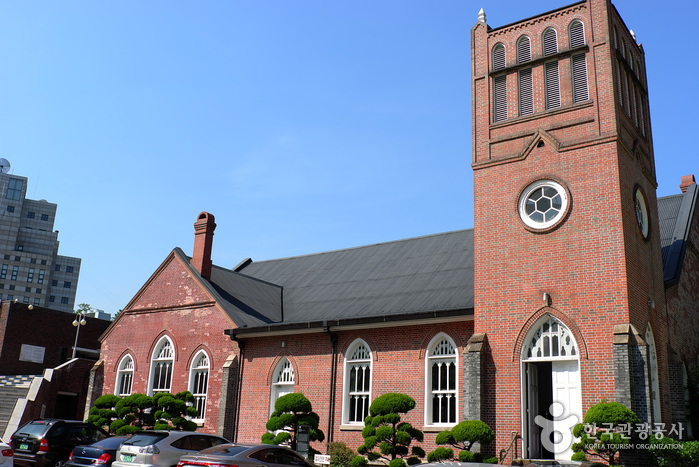
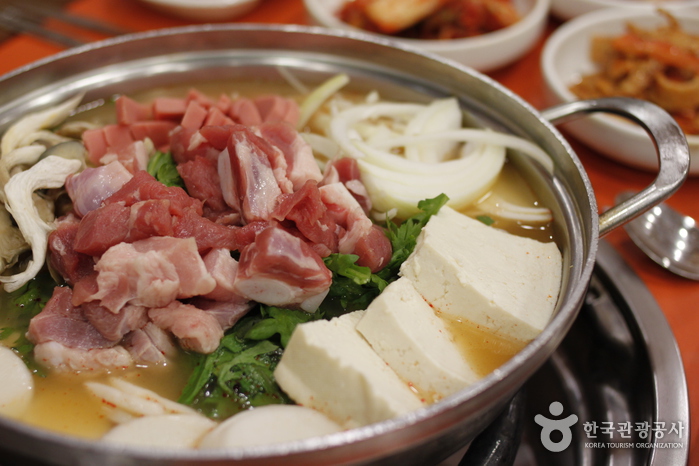
 Español
Español
 한국어
한국어 English
English 日本語
日本語 中文(简体)
中文(简体) Deutsch
Deutsch Français
Français Русский
Русский